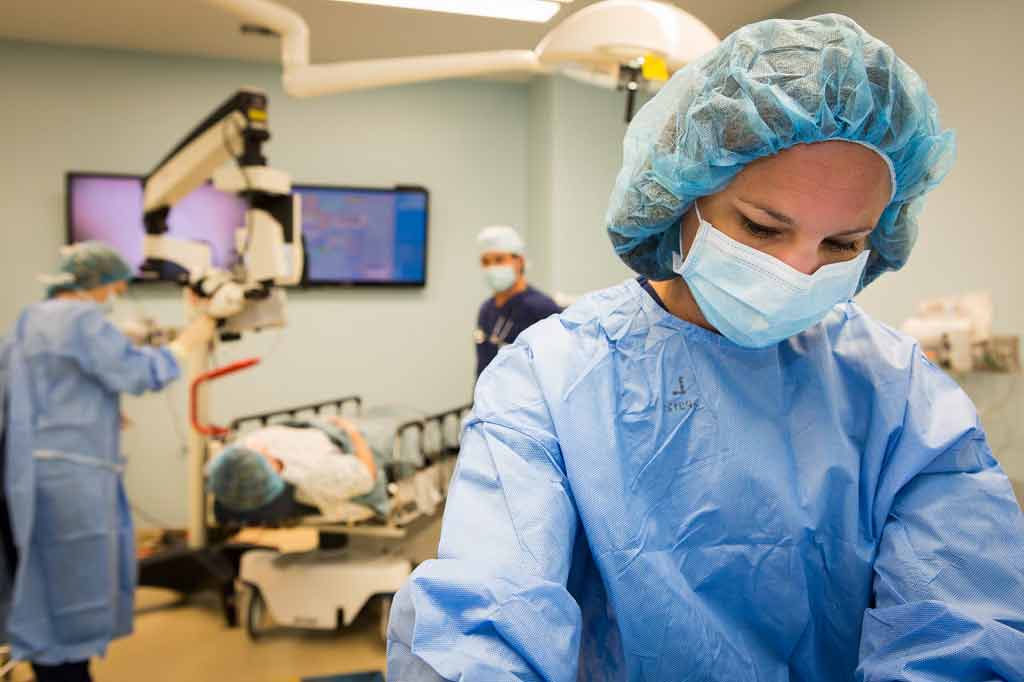Our health news predictions for 2015
Medical practice
A few days ago we looked at The Guardian’s health news predictions for 2014. So we decided to see if we could better the newspaper’s efforts by providing our own health predictions for 2015…
A few days ago we looked at The Guardian’s health news predictions for 2014 to see how accurate, or not, they turned out to be. Of course, it's easy to criticise the work of others (which is pretty much Behind the Headlines’ raison d'être). But we are brave enough to put our money where our mouth is; so here are our own health and medical news predictions for 2015.
One or more successful Ebola vaccine
Multiple research teams are working independently on different strains of a potential vaccine, and initial results from human trials are encouraging. One vaccine being produced by GlaxoSmithKline seems to be effective. Further studies are now required to see if it is also safe.
All being well, the vaccination of high-risk groups, such as healthcare workers, could begin in 2015.
First UK "Three-person" IVF baby is born
So-called "three-person IVF" is a technique that could be used to tackle what are known as "mitochondrial diseases". Most of the genetic material in our bodies is inside the nuclei of our cells, which usually contain 23 chromosomes inherited from our mother and 23 inherited from our father. However, there is also genetic material contained in cellular structures called mitochondria, which produce the cells' energy.
Unlike the rest of our DNA, this small amount of genetic material is only passed to the child from the mother. There are a number of rare diseases caused by gene mutations in the mitochondria. Women carrying these mutations will pass them directly to their child, with no influence from the father.
Three-person IVF could prevent these “mitochondrial diseases” by replacing the mother’s mitochondria with healthy mitochondria from a donor, thereby creating a healthy embryo. The child would then have the genetic material of three people – the majority still from the mother and father, but with around 1% of mitochondrial DNA from a donor.
A recent review concluded that the technique appears to be safe. The government is due to bring the regulations around the technology to Parliament, so 2015 could see three-person IVF get the green light in the UK.
This could lead to the first UK three-person IVF baby being born (or at least conceived) in 2015.
"Smart watches" found to improve public health
Apple’s much hyped Watch – a smaller, wearable version of a smartphone – is due to be released in 2015.
The device is to carry a number of applications designed to monitor health and promote healthier behaviour. These include a calorie tracker, a pedometer, an alcohol unit tracker and a blood pressure monitor. None of these applications are new, but Apple does have a track record of combining applications into a useful, intuitive package. Or at least, marketing them well.
So "smart watch" early adopters could be inspired to improve their health and fitness by taking part in exercise plans such as NHS Choices' Couch to 5K. Alternatively, you could end up sticking the watch in a drawer as you are fed up with it nagging you.
Other timepieces are available.
Someone tries to market a "male pill"
We’ve been told the male pill is just around the corner for decades, so by laws of probability, it has got to be invented eventually. Could 2015 be the year?
There are two main areas of research into male contraception:
- hormonal contraception – where synthetic (man-made) hormones are used to temporarily stop the development of healthy sperm
- non-hormonal methods – where other techniques are used to prevent healthy sperm from entering a woman's vagina
A number of studies are ongoing into what has been described as the “holy grail” of contraception research.
We think 2015 could well be the year a pharmaceutical company decides to test the market with a male pill.
A renaissance in US stem cell research
Between 2001 and 2009, the US government prohibited federal funding for any research involving human embryonic stem cells.
This meant a generation of US scientists were severely lacking in resources to explore the potentially lifesaving properties of human stem cells. These cells have the ability to develop into other types of specialised cells, such as brain cells.
American scientists are now playing catch-up with their European and Asian counterparts, who had access to government funding.
We are already seeing evidence that research teams based in the US are now producing impressive and exciting work based on stem cell research.
For example, in October 2014, researchers based at Harvard University managed to convert stem cells into cells that are structurally similar to normal pancreatic cells, which had the ability to produce insulin. This could potentially be a first step to a cure for type 1 diabetes – a chronic condition that is caused by the pancreas’ inability to produce insulin in the normal way.
Hopefully, this is the first of many breakthroughs based on stem cell research in the US.
A growth in the personal gene screening market
The cost of genome sequencing and DNA screening has fallen exponentially since the landmark work of the Human Genome Project, which was declared complete in 2003. What once cost millions of pounds can now be completed for a few hundred – namely, the screening of individuals' DNA.
This has led to a number of private companies offering individual DNA screening, such as the Google-funded 23andMe, which launched its service in the UK earlier this month.
For £125, the company will run an analysis on DNA from your saliva, and find your genetic risk profile for certain conditions. These can range from the relatively trivial, such as male pattern baldness, to the potentially fatal, such as breast cancer.
Critics of such services have argued that the information provided by these screening tests may be open to misinterpretation and cause undue worry and anxiety.
That said, we think there are enough "worried well" people for gene screening to become big business.
Edited by NHS Choices






 Subscribe
Subscribe Ask the doctor
Ask the doctor Rate this article
Rate this article Find products
Find products








